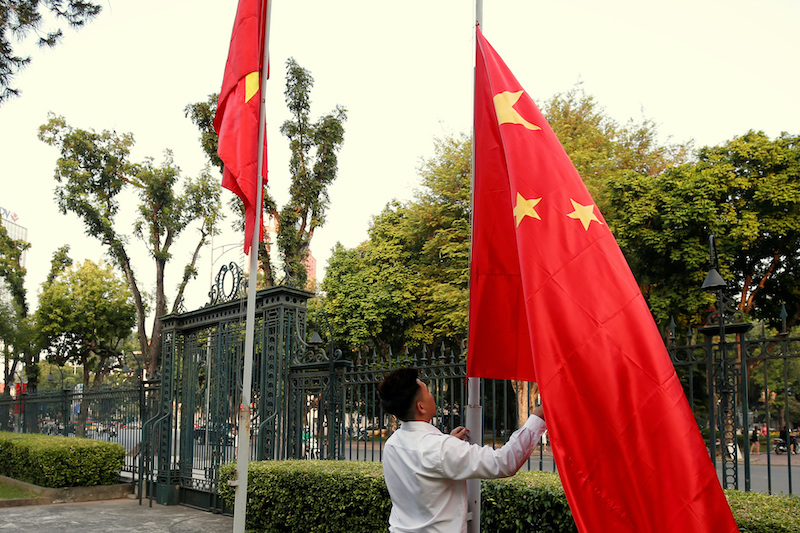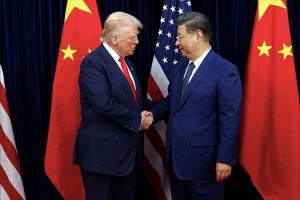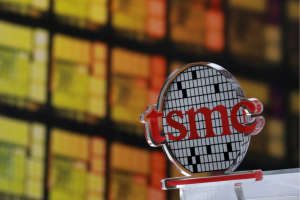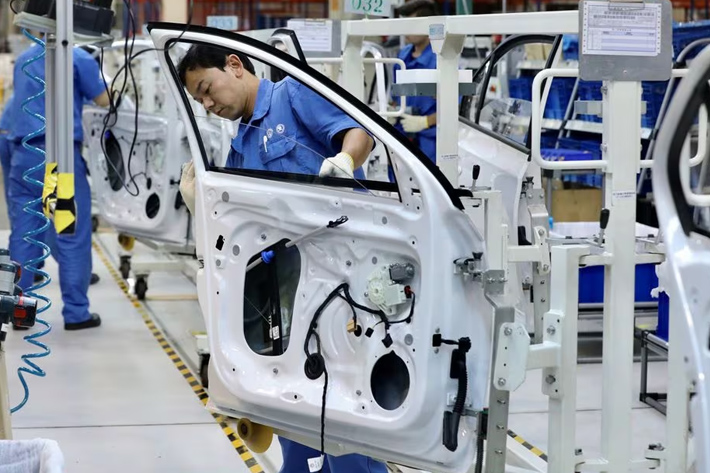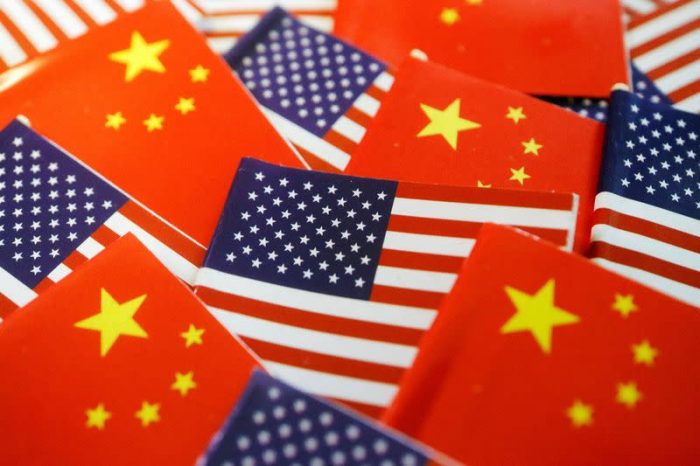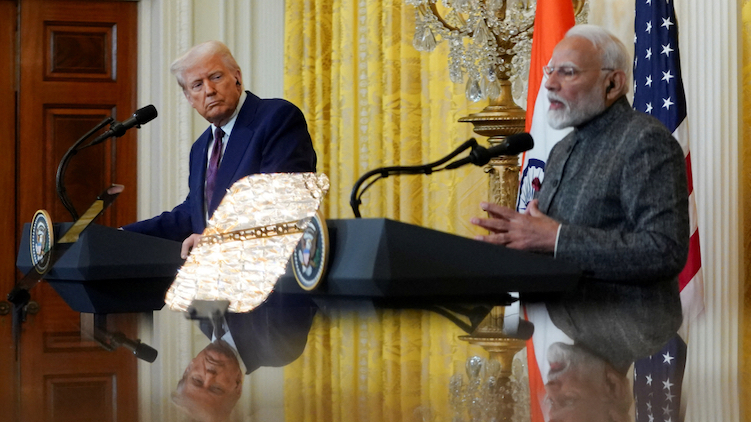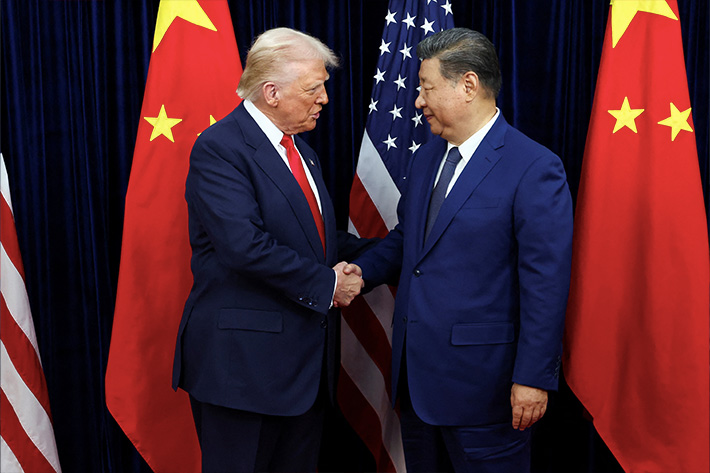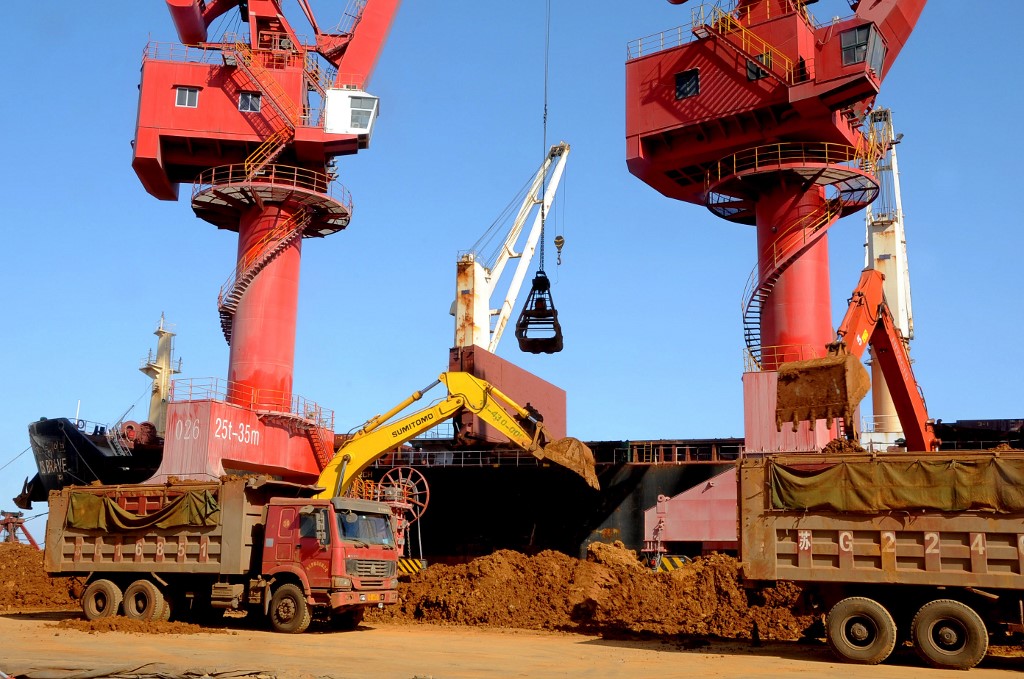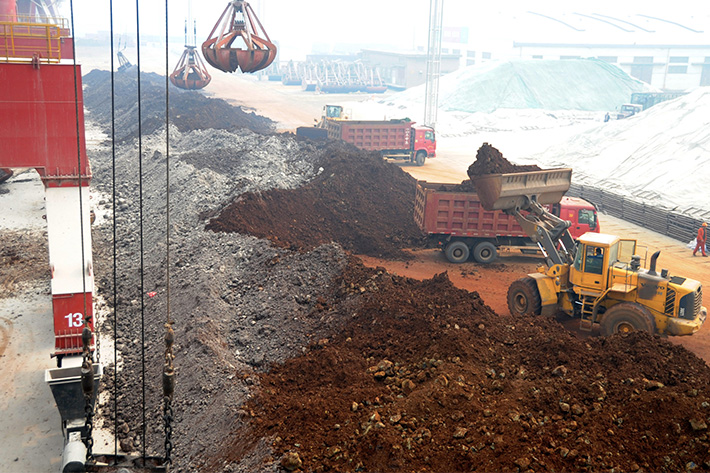The Donald Trump government wants Vietnam to cut back on its imports from China if it wants to avoid 46% “reciprocal” tariffs on shipments to the United States.
The demand is part of a “long” list of “tough” requests the Trump administration has sent to Vietnam as part of tariff negotiations, according to a Reuters report citing people briefed about the matter.
Washington wants Vietnam-based factories to reduce their use of materials and components from China.
Also on AF: Factory Activity in China Slumps to Lowest in Nearly Three Years
It also wants the Southeast Asian manufacturing hub to more carefully control its production and supply chains, one of the people briefed on the talks said, without elaborating on whether quantitative targets were included.
One of the people, who had direct access to the document, said Washington sent the list to Hanoi at the end of May after the conclusion of their second round of talks. It is unclear how Hanoi will respond to Washington’s requests.
But a source briefed on the matter told Reuters that if Vietnam decides to give in to the Trump administration’s demand to cut Chinese imports, it could create a serious challenge to the country’s economy.
Vietnam’s sprawling manufacturing industry, which produces consumer goods, including Apple devices and Nike shoes, is closely integrated into China’s supply chains.
Heeding the US’s demands would also complicate Vietnam’s long-standing policy of maintaining good relations with China, a major foreign investor but also a source of security concerns due to conflicting claims in the South China Sea.
Meanwhile, the Trump administration’s demand to Vietnam is part of a larger reported strategy of using trade talks with different nations as a means to isolate China. In April, the Wall Street Journal reported that US Treasury Secretary Scott Bessent wanted trading partners to limit the role of China in their economies in exchange for negotiations on reciprocal tariffs.
That reduction would include asking more than 70 countries to stop the flow of Chinese goods through them, preventing Chinese firms from setting up manufacturing centres on their territories and also cut back on imports of cheap Chinese goods, the WSJ reported citing people with knowledge of the conversations.
The US made that demand from the European Union as well but the bloc promptly rejected the demand.
Concerns around China ducking tariffs
Vietnam has nearly tripled its exports to the United States since the start of the US-China trade war in 2018, when the first Trump administration imposed wide-ranging tariffs on Beijing. Those tariffs pushed some manufacturers to move production to sites near Hanoi and other parts of Southeast Asia.
But as exports to the US boomed, Vietnam also vastly expanded imports from China, with their inflow almost exactly matching the value and swings of exports to the United States over the years. Each totalled around $140 billion in 2024, data from the US and Vietnam show.
US officials have, as a result, long accused Vietnam of being used as a waypoint for Chinese goods destined for the United States. At times, according to the allegations, goods had “Made in Vietnam” labels despite having received no or little added value in the country – allowing Chinese exporters to avoid high US duties on their goods.
Aware of the US criticism, Hanoi has launched a crackdown on illegal transshipment of goods. The effect has yet to be seen in trade flows, however, as exports to the United States and imports from China both reached a record high in April, according to the latest data.
Wednesday deadline for ‘best offers’
Meanwhile, Vietnam has repeatedly shown its willingness to reduce non-tariff barriers and to import more US goods, in line with longstanding requests from Washington.
In recent weeks, officials have reiterated plans to buy US planes and have signed or pledged multiple non-binding agreements, including on the purchase of farm products and energy. Vietnamese officials even fast-tracked approvals for a premium Trump family-owned golf complex just outside of Hanoi, even as the project was against Vietnamese laws, according to the New York Times.
The NYT report noted that Hanoi was desperate to strike a trade deal with the Trump administration as reciprocal tariffs would impact around 30% of Vietnamese exports.
Still, Hanoi’s eager moves nay not be enough, as US negotiators seek real contracts, Reuters reported, citing sources.
Washington’s list of “tough” demands come on the heels of a Wednesday deadline by which the Trump administration wants countries to provide their best offers on trade negotiations.
The deadline is indicative of an urgency within the administration to complete deals before July 8 — when the temporary pause on Trump’s reciprocal tariffs is set to expire.
It remains unclear which countries are expected to send in their offers, but Reuters reported that a draft letter specifying the Wednesday deadline was directed at those with active negotiations, that included meetings and exchanges of documents. Washington has been engaged in such talks with countries including Vietnam, the European Union, Japan and India.
It remains unknown whether Hanoi will send a proposal with its offers by Wednesday.
- Reuters, with additional editing by Vishakha Saxena
Also read:
New US Tariff Rulings And Asia
Vietnam Scrambles to Chop Trade Levies As US Tariffs Loom
China Denies Trump Claim, Says It Was US That Broke Trade Deal
China ‘Totally Violated’ Tariffs Agreement With US, Trump Says
Trump’s Tariffs Reinstated as Appeals Court Pauses Trade Ruling
Asian Economies Rocked by Trump’s Tariffs, Fears of Trade War
Xi Calls on Foreign CEOs to Help Protect Supply Chains
US, Vietnamese Firms Sign Billions in Energy, Mineral Deals
Chipmakers Flee China, Shift to Vietnam Amid US-China Heat




